10 Earth-Shaking Discoveries Unveiled in 2023
In 2023, notable occurrences shaped the narrative of our planet Earth.
As climate change persists, impacting our planet while efforts to address it fall behind, 2023 unfolds as yet another consequential year for Earth. This year’s headlines feature shattered records, unprecedented weather calamities, and worrisome studies. Here are some of the noteworthy narratives surrounding planet Earth in 2023.
1. HOTTEST SUMMER ON RECORD
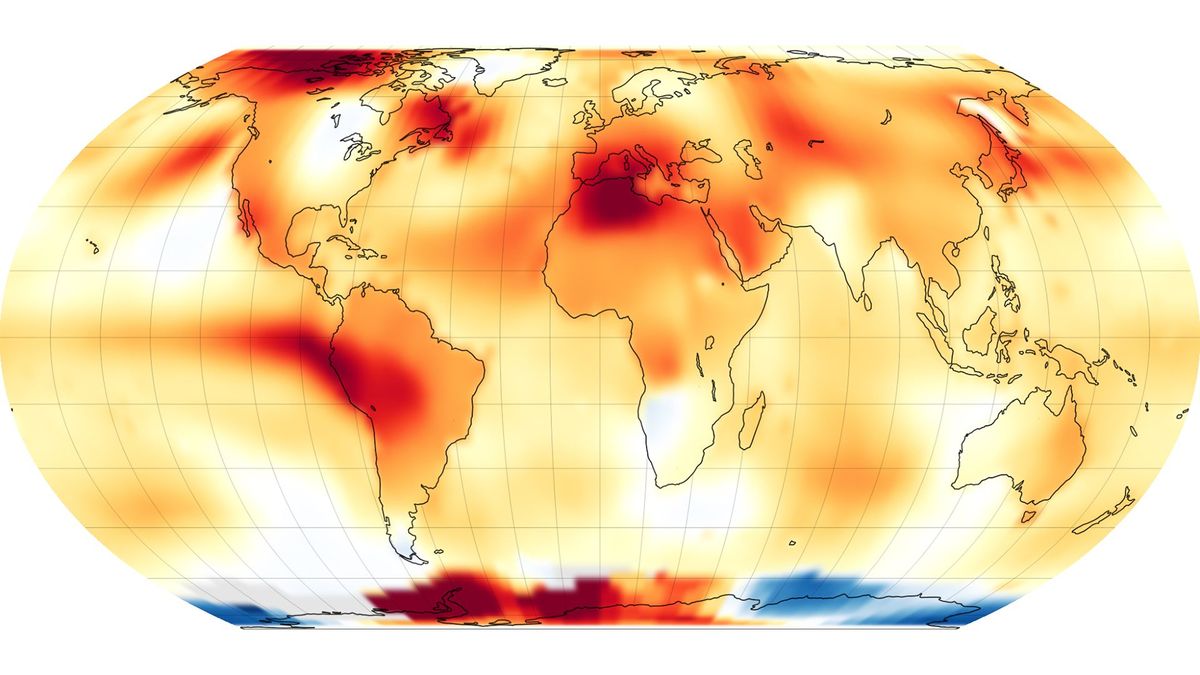
In September, NASA declared the summer of 2023 as the hottest on record since 1880. The surge in global temperatures, attributed to escalating concentrations of greenhouse gases in Earth’s atmosphere, received added momentum this year from El Niño, a climatic phenomenon impacting warm seawater distribution in the Pacific Ocean, consequently influencing worldwide precipitation and temperatures.
August exhibited a global temperature 2.2 degrees Fahrenheit (1.2 degrees Celsius) higher than the typical August average, while the June to August period was 0.41 F (0.23 C) warmer than the average of all previous summers recorded, according to NASA.
Throughout the Northern Hemisphere summer, Canada faced extensive wildfires, the Atlantic Ocean recorded unprecedented temperatures, and relentless heat waves swept through the southern United States and southern Europe. Scientists caution that as climate change advances, such extreme weather occurrences will become more frequent.
2. DEVASTATING MAUI WILDFIRE
During the 2023 Northern Hemisphere summer, one of the most astonishing wildfires occurred, virtually obliterating the historical town of Lahaina on Maui, Hawaii.
The fire broke out during the second week of August on the parched island, swiftly spreading at an unprecedented pace, fueled by winds stirred by Hurricane Dora. Nearly 100 individuals lost their lives in the inferno, and thousands of structures, among them Lahaina’s Old Courthouse and a church dating back to the early 19th century, were reduced to ashes.
3. RETURN OF EL NIÑO
After seven consecutive cooler years, the heating El Niño weather pattern emerged in the Pacific Ocean this year, intensifying the warming global environment that faces a barrage of extreme weather occurrences.
Typically lasting between nine to twelve months and alternating with the cooling phase known as La Niña, El Niño occurs when sea temperatures in the tropical eastern Pacific soar by 0.9 F (0.5 C) above the long-term average. The U.K. Met Office confirms the declaration of El Niño conditions once this threshold is surpassed, which occurred in early July.
4. POSSIBLE SHUTDOWN OF KEY OCEAN CURRENT SYSTEM
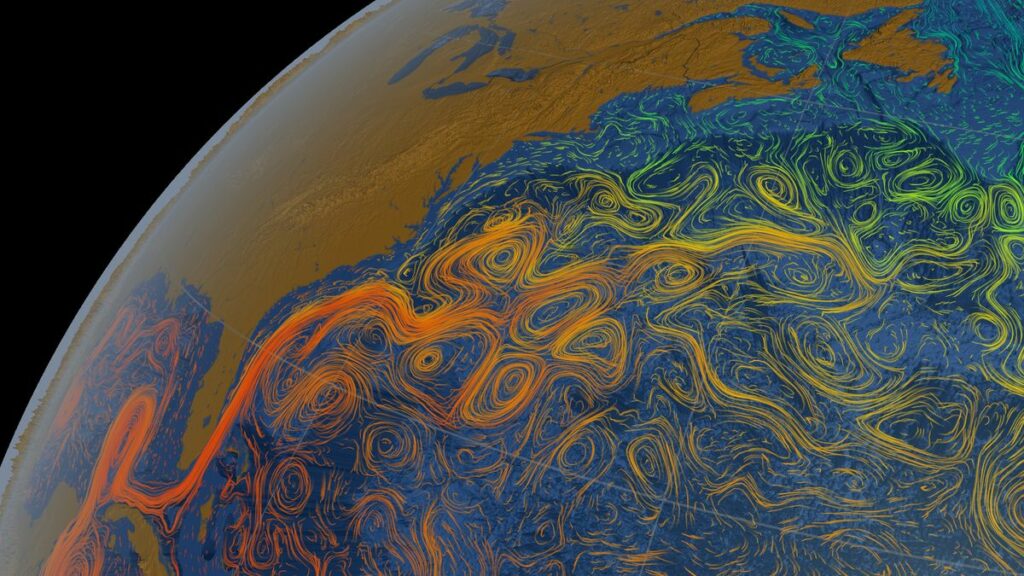
In July, researchers suggested that an ocean circulation pattern, encompassing the Gulf Stream renowned for transporting warm water from the Caribbean to Europe, might cease as early as 2025.
Prior studies indicated the weakening of the Atlantic Meridional Overturning Circulation (AMOC), the ocean current system, driven by escalating ocean temperatures attributed to global warming. The Intergovernmental Panel on Climate Change had previously projected that a complete shutdown of the AMOC wouldn’t likely occur within this century. However, the new study challenges this presumption.
While the findings lack certainty, if accurate, the ramifications would be profound. The absence of the warming Gulf Stream could trigger a drastic climate shift, particularly impacting Europe. Beyond Europe’s potential chilling, the shutdown of this system might accelerate temperature increases in the tropics and potentially disrupt rainfall patterns, leading to unforeseen climate alterations in tropical regions.
5. RECORD-LOW SEA ICE EXTENT IN ANTARCTICA
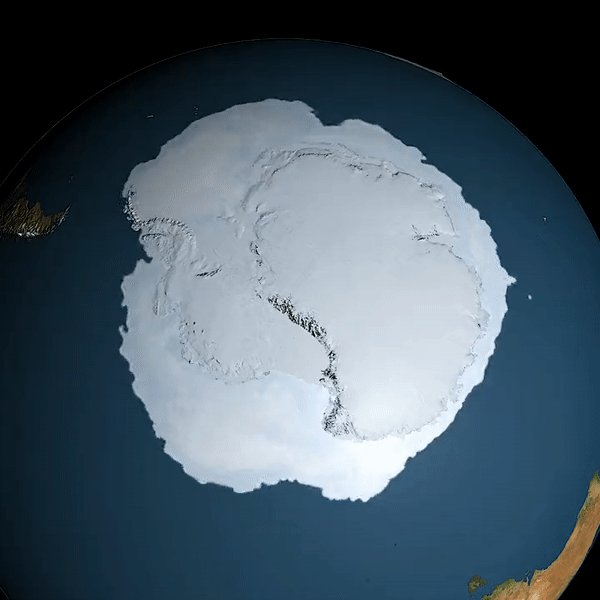
For numerous years, Antarctica appeared resilient to the advancing impacts of climate change. However, 2023 unveiled that the southern polar ice cap isn’t impervious to rising temperatures. Satellite observations during the peak of the Antarctic summer in late 2022 and early 2023 indicated a historic low in the expanse of floating sea ice encircling the continent.
By February, only 66% of the typical sea ice coverage for that time of year remained frozen over. As Antarctica transitioned towards its autumn and subsequent winter, the sea ice failed to regenerate to its customary levels. In September, shortly after the peak of the southern winter, researchers documented a record-low maximum annual sea ice extent.
This decline carries significant implications for the planet, given Antarctica’s pivotal role in maintaining Earth’s climate balance. Biologists express particular concern for numerous animal species adapted to the harsh Antarctic environment. In August, scientists from the British Antarctic Survey reported distressing news: several Emperor penguin colonies witnessed the loss of all their chicks due to premature sea ice melting earlier in the season.
6. SMOKE FROM CANADIAN WILDFIRES

In June, the U.S. East Coast experienced an unexpected intrusion of smoke originating from extensive wildfires in eastern Canada. New York and Philadelphia briefly ascended to the top of the list of the world’s most polluted cities, a roster typically dominated by Asian metropolises.
The airborne ash particles created striking, albeit highly hazardous, sunsets, prompting residents to heed recommendations to view them only from behind closed windows. The smoke plumes, originating from the Canadian provinces of Quebec and Nova Scotia, were directed by a low-pressure system generating consistent southeasterly winds.
The resulting smog was so dense that it obscured the view for Earth-observing satellites capturing images of the planet from hundreds of miles above.
7. CHANGES TO THE TILT OF EARTH’S AXIS
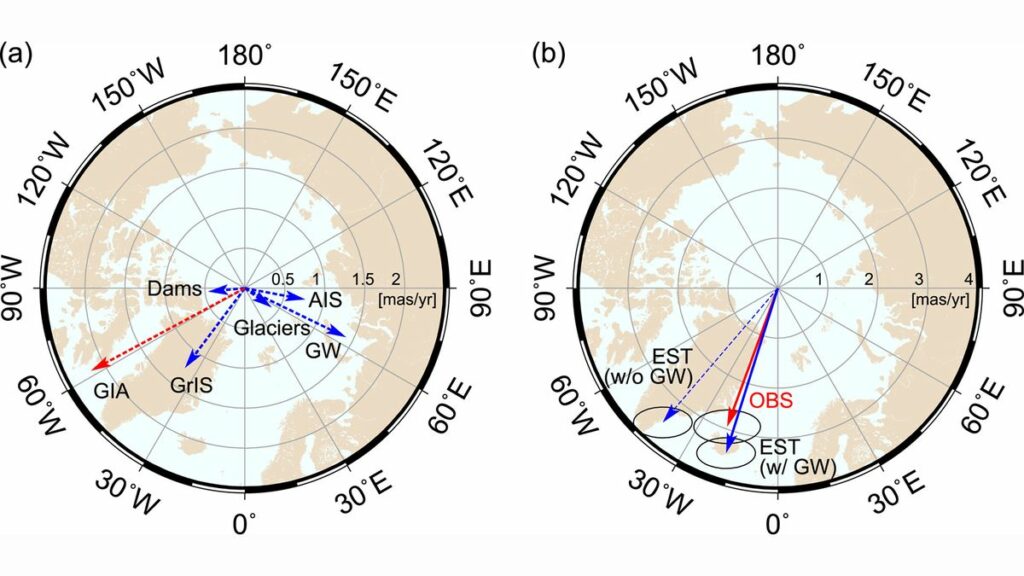
Scientists made a notable discovery this year regarding the alteration of Earth’s rotational axis due to human activity. The extraction of groundwater between 1993 and 2010 led to a 31.5-inch (80 centimeters) shift in the axis’s inclination towards the plane of the planet’s orbit. During this timeframe, approximately 2,150 gigatons of water were extracted from the Earth’s crust. To provide a visualization, if this amount were introduced into the global ocean, its surface would ascend by 0.24 inch (6 millimeters).
Since 2016, scientists have recognized that climate change-related processes, like iceberg thawing, impact Earth’s tilt. However, it wasn’t until the incorporation of extracted water into their calculations that their equations aligned with observed shifts.
8. A BRAND-NEW ISLAND
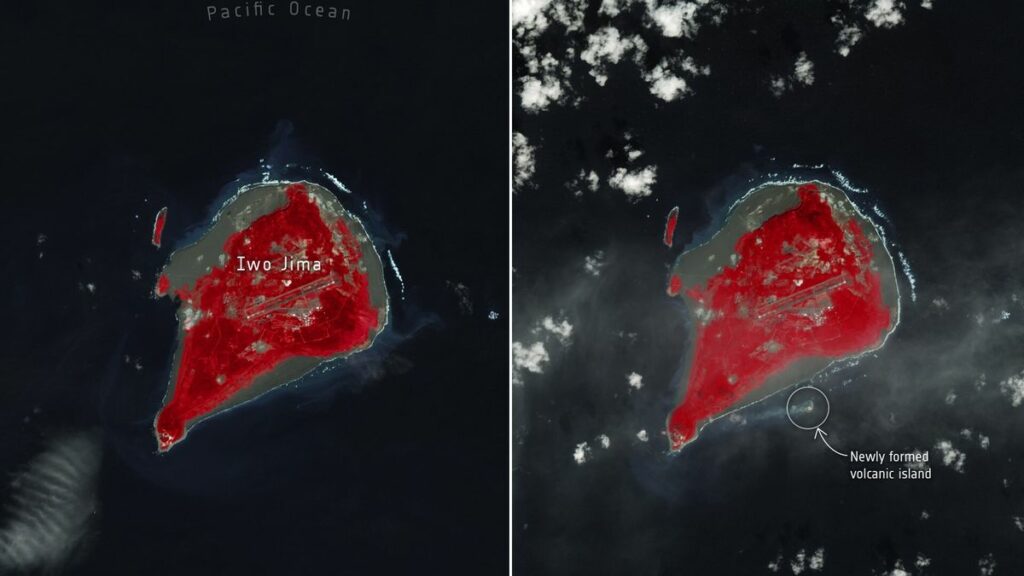
In October, a fresh island emerged along Japan’s coastline following an undersea volcano eruption near Iwo Jima, approximately 750 miles (1,200 kilometers) south of Tokyo. The eruption propelled chunks of rock soaring as high as 160 feet (50 meters) into the sky. Over time, these fragments accumulated, giving rise to the new island, distinctly visible in satellite imagery, measuring 330 feet (100 meters) in width. Situated within volcanic pumice, this newly formed landmass is about a mile (1.6 kilometers) from the coast of Iwo Jima.
9. GIANT CRACK IN EARTH’S CRUST

Early in February, a catastrophic earthquake struck Turkey and Syria, causing a 190-mile-long (300 km) rupture in Earth’s crust that’s visible even from space, detectable by satellites. Such fissures, resulting from the shifting of tectonic plates, are typical following powerful tremors. However, the fissure formed by the consecutive 7.8 and 7.5 magnitude quakes that struck the region on Feb. 6 is particularly noteworthy.
The extensive length of this fissure serves as a testament to the colossal energy released by these earthquakes, which devastated towns and villages across an area equivalent to the size of Germany. These quakes, the deadliest in Turkish history, claimed the lives of nearly 60,000 people in Turkey and over 8,000 in Syria, leaving approximately 1.5 million individuals homeless.
10. WORLD’S-LARGEST ICEBERG ON THE MOVE
This autumn, a European satellite captured images depicting the detachment of the world’s largest iceberg from the coast of Antarctica. This colossal 1,500-square-mile (4,000 square kilometers) iceberg, known as A23a, broke away from Antarctica’s Filchner Ice Shelf back in 1986 but had remained lodged along the bottom of the Weddell Sea for close to four decades.
The cause behind the iceberg’s release remains unknown to scientists, although they speculate that it might have thinned due to melting, thereby reducing its weight and increasing its buoyancy. Through satellite monitoring, researchers are able to trace the iceberg’s trajectory, observing its movement at an approximate speed of 3 miles (5 km) per day, propelled by strong winds and ocean currents. A23a weighs close to a trillion tons and measures roughly three times the size of New York City.
This article is republished from SpaceCom under a Creative Commons license. Read the original article.
Do not forget to share your opinion with us to provide you with the best posts !



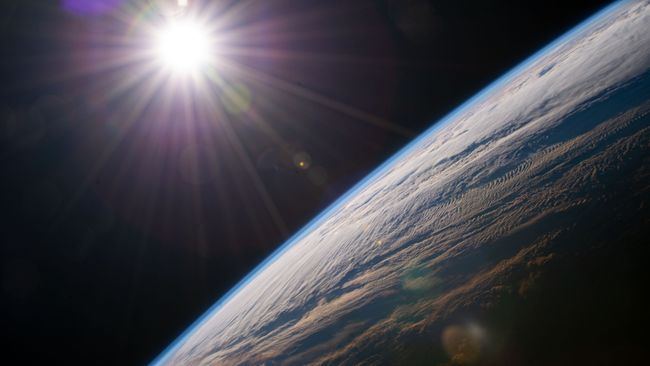
0 Comments